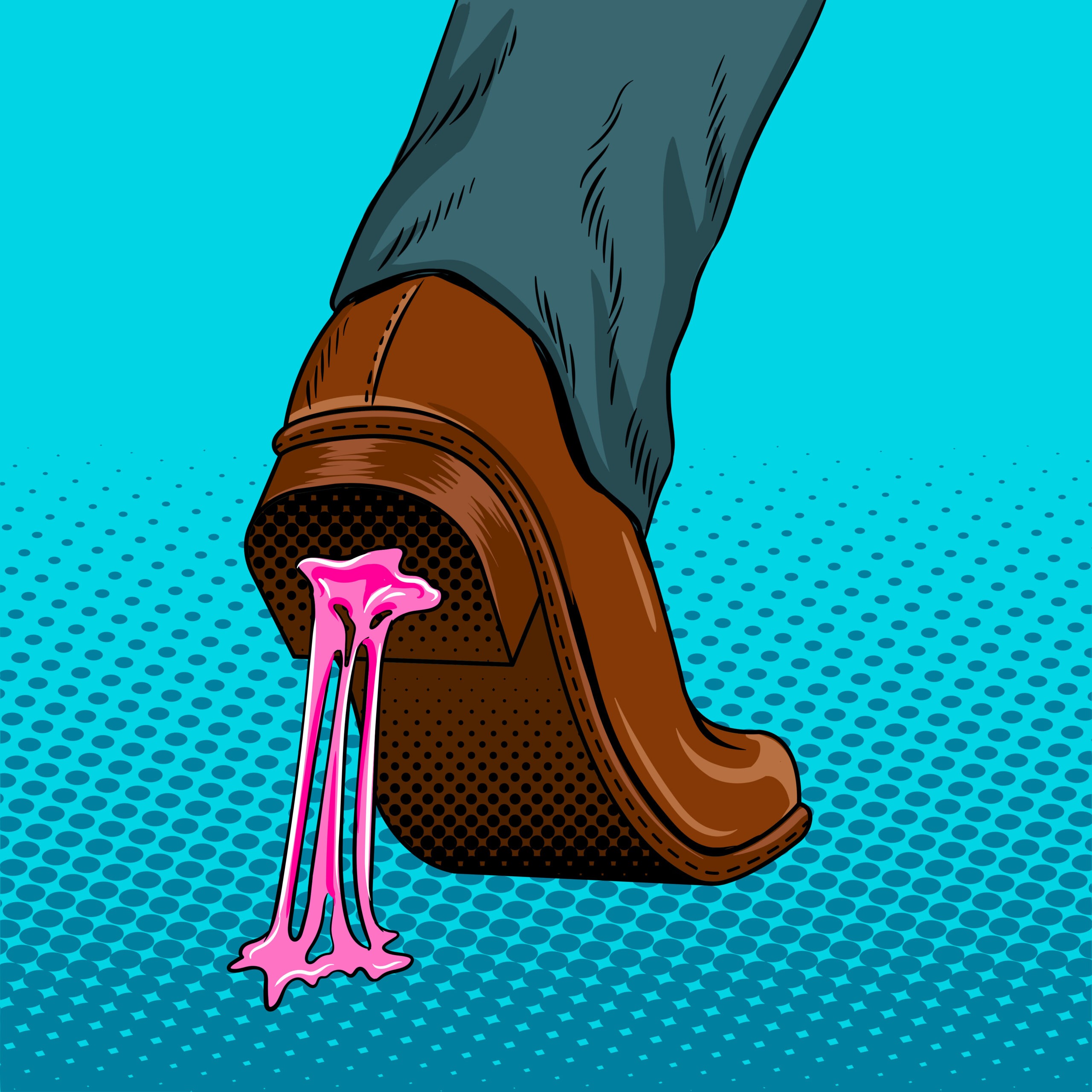
Two weeks ago, I wrote a post that continues to reverberate. It was called “Radio People Know Why The Podcast World Is Upside-Down,” and it explored some of the sand traps the world of podcasting has encountered during the past couple years. One of my key points is the reality there’s little research being done in the podcast space. And the lack of insights and knowledge is hindering podcasting’s ability to grow – to learn from mistakes and to right the ship.
I also quoted WNYC’s CEO LaFontaine Oliver who had just instituted a 6% staff cutback, much of which impacted the podcasting crew at WNYC Studios, the unit that produces this audio – and does it well. Many great podcasts came out of this talented factory, including “Two Dope Queens” and “Death, Sex, and Money.” The latter is one of WNYC’s original podcasts – now cancelled.
Oliver talked about tectonic shifts in the media world that greatly impacted his operation, as well as many other public radio organizations that placed stacks of their chips on podcasting – often at the exclusion of radio programming.
In many ways, NPR has gone through a similarly painful process, laying about 10% earlier this year, and in the process, shelving four of its podcasts. 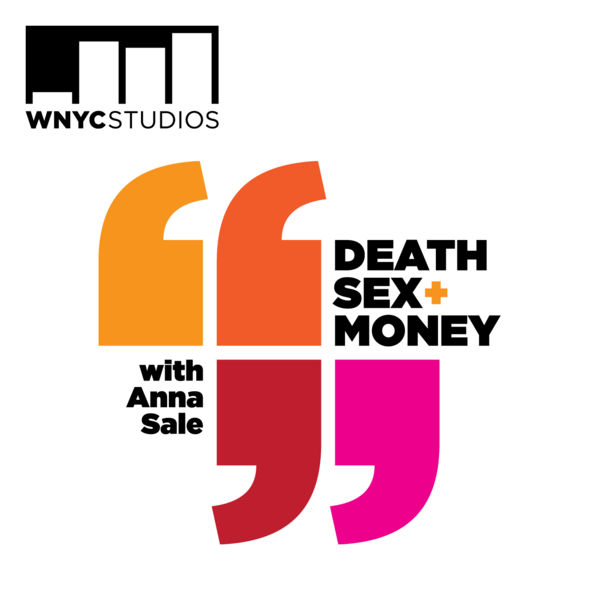
The day after my post published, The Verge continued the conversation with a story titled “Death, Sex, and the future of WNYC podcasts” by Amrita Khalid and Ariel Shapiro.
WNYC isn’t just cutting back on podcasts – they are launching a new strategy called “broadcast to podcast.” And the idea is that WNYC Studios will now focus on shows that can live in both worlds – on the air and on-demand.
In a nod to the continued power and reach of traditional radio broadcasting, Oliver acknowledged that podcasts may be somewhat envious of their brothers and sisters of the transmitter and tower:
“Quite honestly, most of the folks in the podcasting and on-demand world wish they had broadcast sticks in order to sort of queue audiences and induce sampling for on-demand audio, and we have that.”
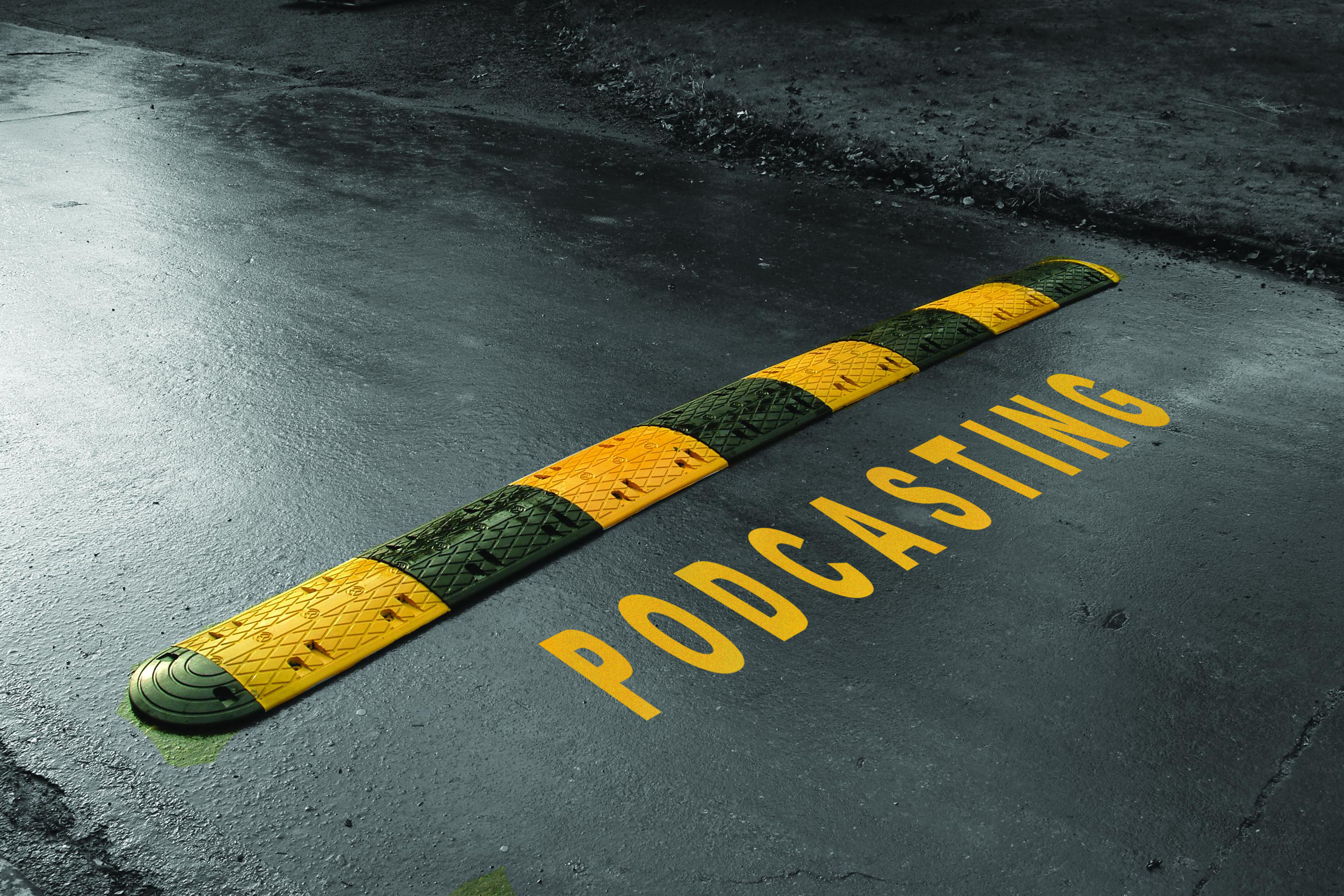
So does iHeart. At Morning Show Boot Camp this summer, Bob Pittman admitted that his company’s success in podcasting had a lot to do with those 850+ radio megaphones he and Conal Byrne have effectively deployed.
The WNYC story is a cautionary media tale, and Oliver is more than happy to share his experiences with anyone willing to listen. Frankly, I’d take him up on it. Because WNYC has been something of a canary in the podcast coalmine. Oliver’s “take” on where to go from here is worth your time and consideration.
He admits not having all the answers. But this he knows:
“What I am pretty clear about is it means a greater focus on the audience and less of a focus on the specific platform that is podcasting.”
In other words, even podcasters have to meet the audience where they are.
Every year in Techsurvey, one pie chart jumps out at me above all the rest. It’s the chart that shows how often our core radio audience actually listens to podcasts:
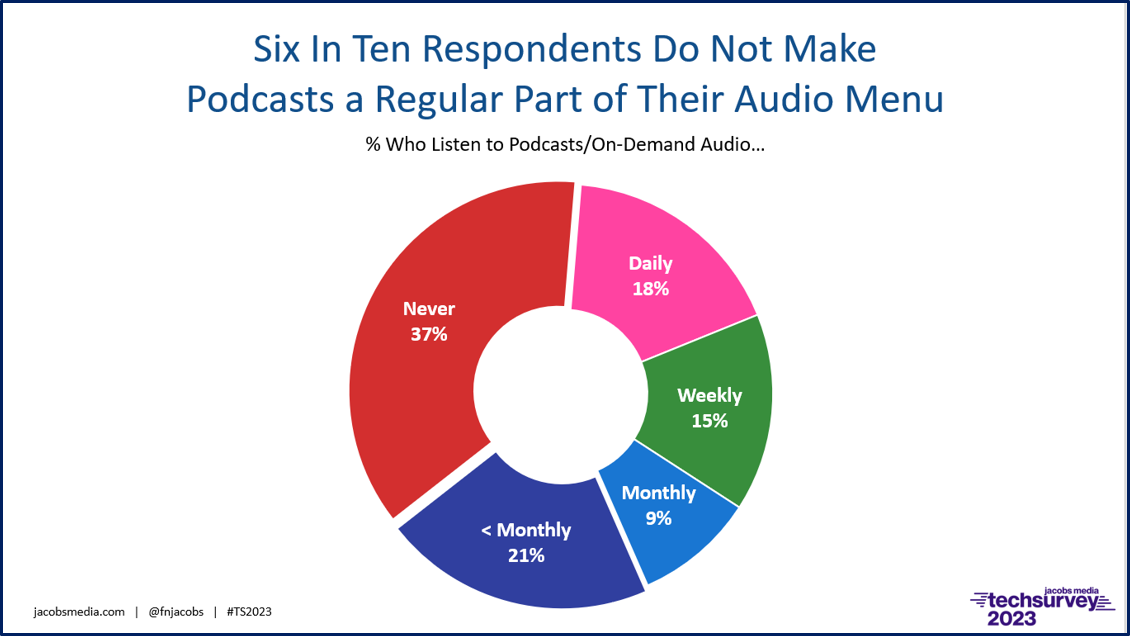 The good news is that about one-third of our sample listens to podcasts weekly or more often – an all-time high.
The good news is that about one-third of our sample listens to podcasts weekly or more often – an all-time high.
But the bad news is that the biggest slice of this pie is comprised of “podcast nevers” – all 37% of them. Combined with the one-fifth who listen to podcasts less than monthly, and you’ve got an astounding six in ten commercial radio listeners who have little involvement with this platform.
Now, I know some will take exception to this data. After all, the Techsurvey audience is old. And podcasts are much more popular among Gen Z’s and Millennials, both of whom are in short supply in this survey.
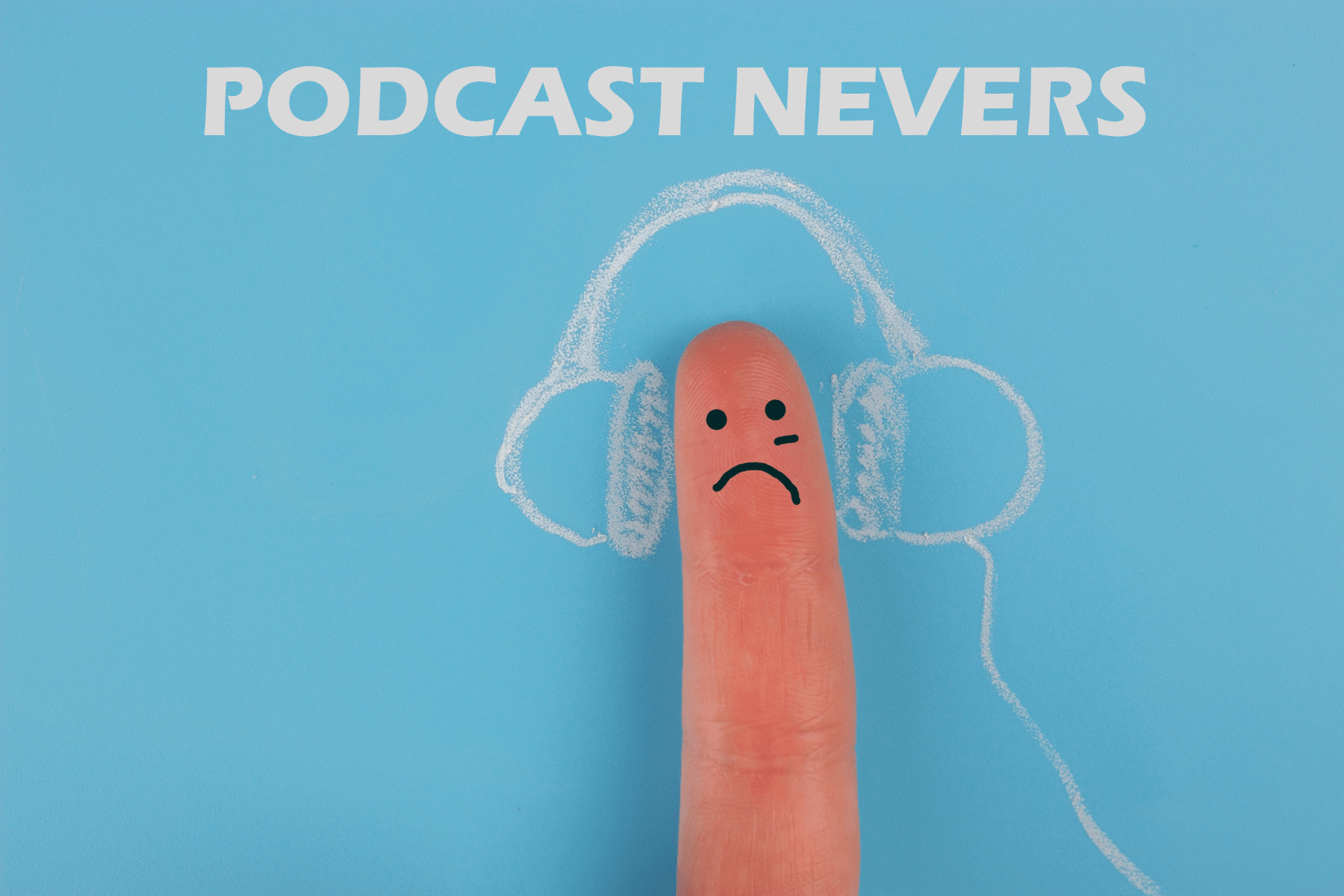 And of course, our study is made up primarily of core commercial radio listeners. But even among public radio fans, podcasting has not resonated in a mass appeal way. In our Public Radio Techsurvey this year, three in ten respondents were “podcast nevers” and half listened to podcasts monthly or less- or not at all.
And of course, our study is made up primarily of core commercial radio listeners. But even among public radio fans, podcasting has not resonated in a mass appeal way. In our Public Radio Techsurvey this year, three in ten respondents were “podcast nevers” and half listened to podcasts monthly or less- or not at all.
When you think about how the genesis of podcasting in this country originally came from public radio producers, it is more than a little disturbing that podcasting isn’t more dominant nearly a decade after “Serial.”
If “meeting the audience where they are” is as important a mantra as “content is king,” Oliver admits balls were dropped in WNYC’s effort to embrace the podcasting platform rather than the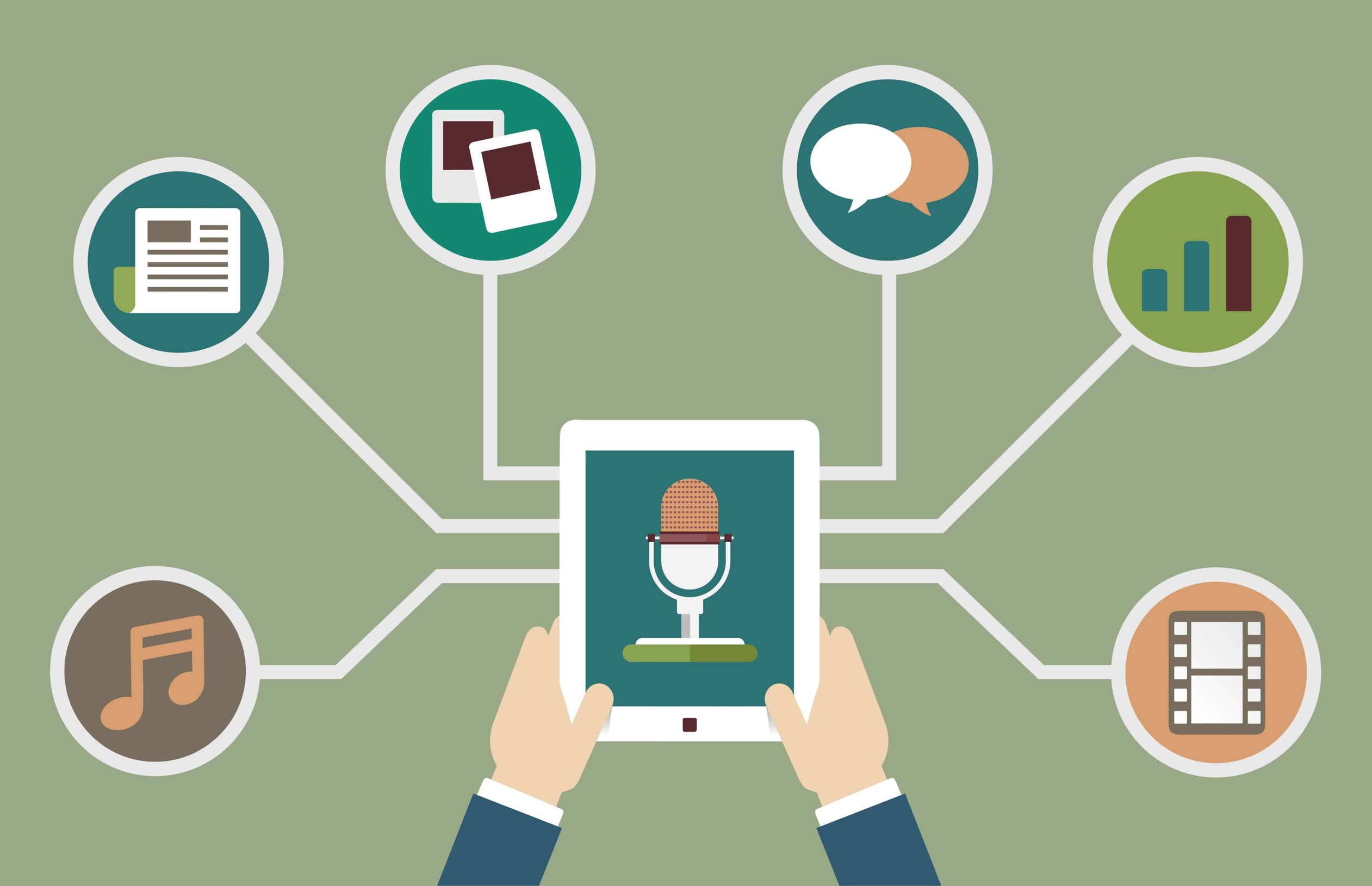 audience.
audience.
So while WNYC is not out of the podcast business by any means, his team will have to learn to do the equivalent of walking and chewing gum at the same time. In The Verge story, WNYC’s VP of communications, Jennifer Houlihan, explains it this way:
“The shows that are continuing each have a different revenue mix, but serving broadcast and on-demand audiences is a continuation of what they are already doing. Putting a focus on these multiplatform shows is where we see a competitive advantage in a very crowded, competitive, and disruptive podcast environment.”
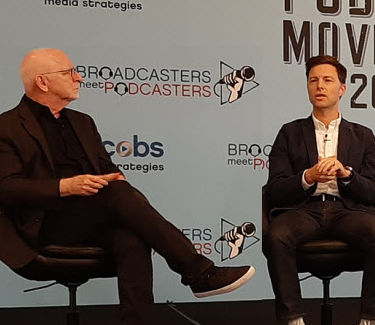
So, the broadcasters and podcasters at WNYC are going to learn how to collaborate on their content, ensuring it can live in both places. This exercise in coexistence is precisely how we envisioned it when we put together our “Broadcasters Meet Podcasters” track at Podcast Movement back in 2017 in Anaheim.
Programming is a delicate balance on its face when you’re running a radio station. When you’re marrying it to a podcasting division, it’s considerably more high-level. Like 3-dimensional chess.
Broadcasters are in the same lot. Those who denied the power of digital and refused to embrace it paid the price. Their inability to see the winds of change set them back years, and perhaps they will never recover.
The companies pulling off this delicate dance have had to work hard to make both linear and on-demand work. For most, it is still very much a work in progress.
And isn’t that true on the sales side? Reps can no longer walk into clients with the good old commercial rate card, pitching remotes. Even the least enlightened retailers know they have to ask about how digital assets will be included to round out their campaigns.
For many radio salespeople, the bar has been raised impossibly high. They don’t have the capacity to construct campaigns from several asset classes, often coming up empty or not commanding a competitive rate. It is an art to construct multi-level media plans where digital complements broadcast and vice-versa.
For sellers, it’s been more like a weird Kabuki dance (pictured) than a a well-orchestrated ballet that combines spots, sponsorships, streams, and station events.

The degree of difficulty of running, guiding, and navigating a media company has never been more challenging, whether you’re the CEO of Netflix, Spotify, or Townsquare Media.
Walking and chewing gum at the same time isn’t as easy as it looks. But if radio is going to successfully emerge from this arduous and disruptive chapter in media, it had better figure out a way to acquire the skill.
So hand me a stick of gum. Time to go for a little walk and think this over.
- What To Do If Your Radio Station Goes Through A Midlife Crisis - April 25, 2025
- A 2020 Lesson?It Could All Be Gone In A Flash - April 24, 2025
- How AI Can Give Radio Personalities More…PERSONALITY - April 23, 2025




Leave a Reply